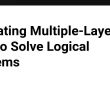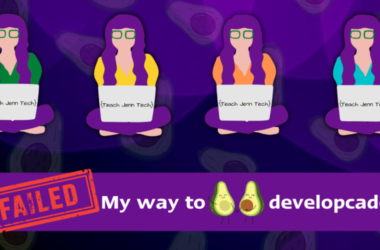If Ruby didn’t implement syntactic sugar, the language would still work just fine, but it wouldn’t be the Ruby we love. It would be less elegant, less expressive, and frankly, less enjoyable to use.
So what exactly would we be missing? Let’s take a closer look.
🍬 What Is Syntactic Sugar?
Syntactic sugar refers to language features that don’t add new functionality but make the code more concise, readable, and pleasant to write.
It’s like a shortcut or a smoother path to express something that’s otherwise more verbose or awkward.
🧱 Without Syntactic Sugar: More Verbose, Less Joy
Let’s explore how Ruby would look with and without some of its syntactic sweetness:
Example 1: Looping
With syntactic sugar:
5.times { puts "Hello" }
Without:
(0...5).each do |i|
puts "Hello"
end
Example 2: Safe navigation (&.)
With syntactic sugar:
user&.email
Without:
user.nil? ? nil : user.email
Example 3: Conditional execution
With syntactic sugar:
puts "Welcome!" if logged_in
Without:
if logged_in
puts "Welcome!"
end
🧠 Even Operators Are Methods in Ruby
Here’s something that surprises many beginners: operators like +, -, and [] are just methods under the hood.
So when you write:
1 + 1
Ruby actually sees:
1.+(1)
Yes, even the + is a method being called on the 1 object. Here’s a side-by-side of other common operators:
10 - 5 # 10.-(5)
10 / 5 # 10./(5)
10 * 5 # 10.*(5)
10 % 5 # 10.%(5)
10 ** 5 # 10.**(5)
Arrays too!
array = [*1..5] # array = [1, 2, 3, 4, 5]
array << 6 # array.<<(6)
array[3] # array.[](3)
array[4] = "five" # array.[]=(4, "five")
Ruby makes these look natural, but under the hood, they’re all method calls.
Bottom Line:
Without syntactic sugar, Ruby would still be capable—but it would feel a lot more like Java or C: more boilerplate, less expression, and definitely less joy.
What sets Ruby apart isn’t just what it can do, but how naturally you can express your intent. That’s by design.
As Ruby’s creator Yukihiro “Matz” Matsumoto once said:
“I want to make Ruby natural, not simple… I want to minimize the human effort, not the computer’s.”
That vision is brought to life through syntactic sugar—making code feel like poetry, not machinery.




